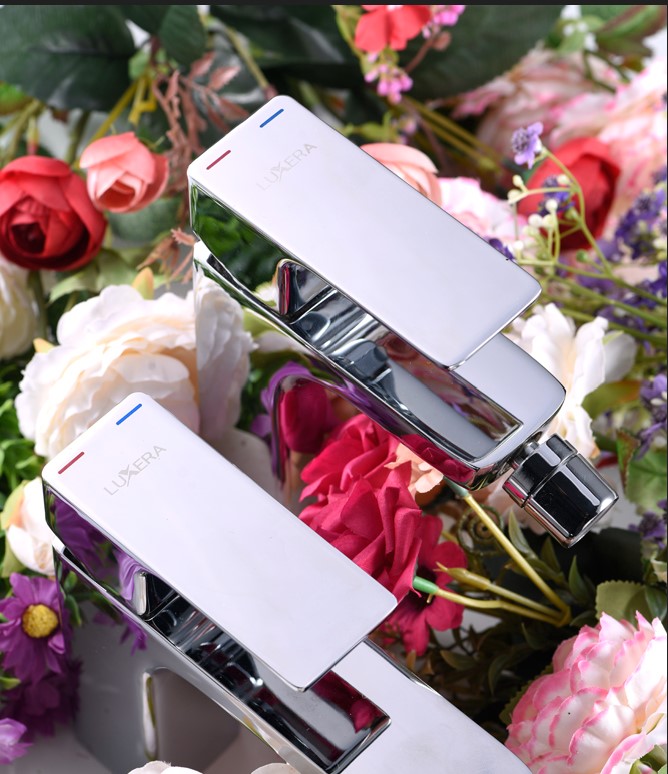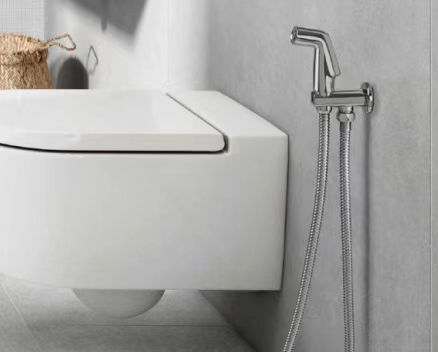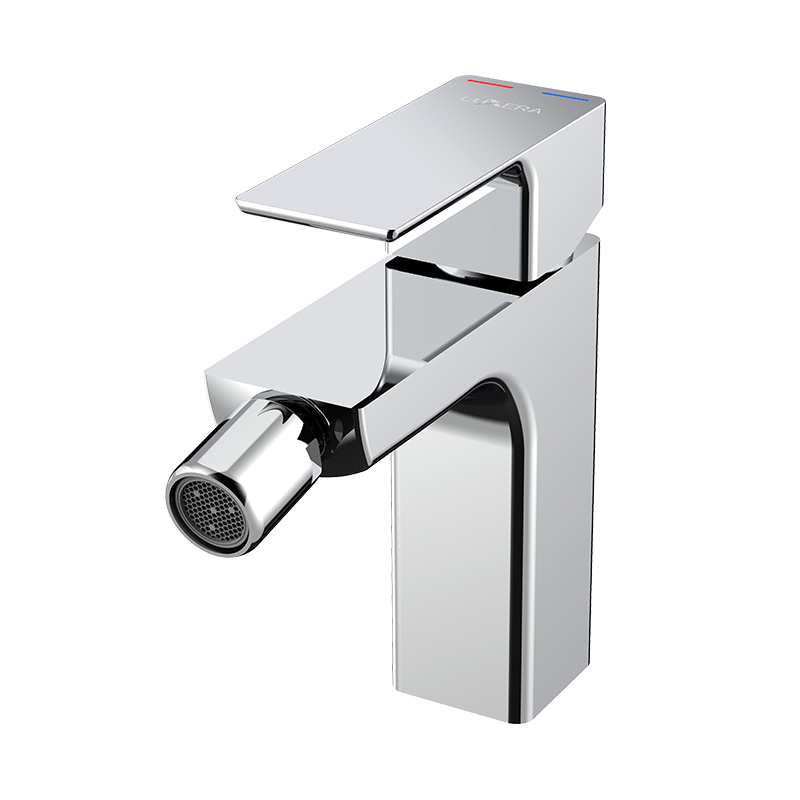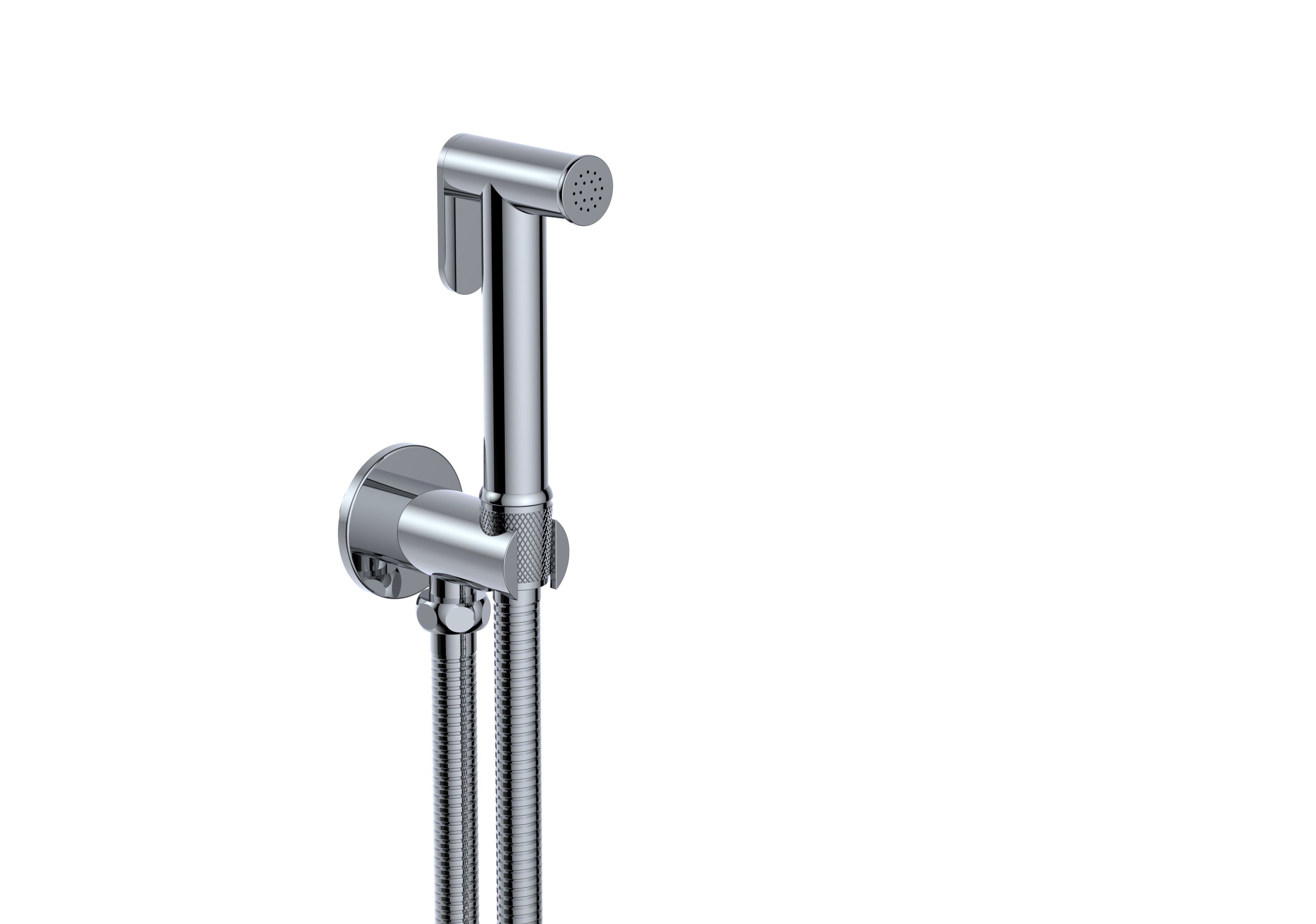
Bidet, pronounced “bih-day”, comes from the word in French “pony”. In Old French, bidet meant “to trot”. As it was the way one had to straddle the device to wash one’s private parts. The bidet appears to have been an invention of French furniture makers in the late 17th century, although no exact date or inventor is known. By 1900, due to plumbing improvements, the bidet moved from the bedroom to the bathroom as it is more convenient to fill and drain. Nowadays, bidets are considered a standard bathroom item in 80% of the world, such as Europe, North Africa, the Middle East and Asia.

Are Bidgets Better for The Environmental ?
From an environmental standpoint, bidets can reduce the need of toilet paper. Considering that an average person uses only 0.5L of water for cleansing by using a bidet, much less water is used than for manufacturing toilet paper. An article in Scientific American concluded that using a bidet is “much less stressful on the environment than using paper”.
“Less Stress, Less Mess and More Hygienic”. That is the aim for changing to the bidet. While using a bidet, you don’t need to store the toilet paper or even can save money. It’ also better for our Mother Earth. What’s more, it is more hygienic to personal health.

Bidets for Personal Hygiene
Bidets have more forms than ever, which is part reasons on why they’re becoming more popular. With various bidet models in demand in modern bathrooms everywhere, there are three typical types of bidets in the market: add-on bidets, standalone bidets, and hand-held bidets.
Add-on Bidets
They are attached to toilet bowls, saving space and obviating additional plumbing. A bidet may be a movable or fixed nozzle, either attached to an existing toilet on the back or side toilet rim, or replacing the toilet seat. Some bidets of this type produce a vertical water jet and others a more-or-less oblique one. Other bidets have one nozzle on the side rim and other designs have two nozzles on the back rim.
Such attachable bidets are controlled either mechanically, by turning a valve, or electronically. An add-on bidet typically connects to the existing water supply of a toilet through the addition of a threaded tee pipe adapter, and requires no soldering or other plumbing work. Electronic add-on bidets also require a GFCI protected grounded electrical outlet.
Standalone Bidets
This is the traditional type of brass bidet, which is installed as a separate unit in the bathroom besides the toilets, shower and sink, which users have to straddle. Some bidets resemble a large hand basin, with taps and a stopper so that they can be filled up. While other designs have a nozzle that squirts a jet of water to aid in cleansing.

Hand-held Bidets
The hand-held bidets also known as “Shataff”, “Bidet sprayer” or “Health Faucet” is a simple but effective cleaning product. It is a nozzle stays attached to the toilet. And it is cost effective. Many people prefer it rather than spending several hundred dollars on an electronic toilet seat. With a hand-held bidet, you can control the water pressure and the position of the stream of water. It is much more convenient than the bidets mentioned above. Also, it can be used for cleaning the toilet, double use for one single product. The brass hand-held bidets with hot and cold switching function are most popular.

Bidets Cleaning Tips
- Check how powerful the water pressure will be.
- Check where the stream of water will come from.
- Clean off with toilet paper first before using.
- Using soap is only an option.
- The towel hanging within arm’s reach of the bidet is for drying off your hands.
- Make sure that any clothing items should be out of the way before turning the bidet on.
- If you have a vulva, be sure to direct the water front-to-back to avoid getting bacteria into your vulva.
- For best results with a bidet attachment, make sure you remember to shut off the T-valve after every use, with no exceptions. It will cause a leaky attachment if you forget to turn it off.
It might take some time to get used to the bidets. But many people love them so much that they decide to make a permanent switch. If you want to have a try, take a good look around at the equipment and make sure you’re prepare for it.
People with conditions such as irritable bowel syndrome (IBS) or hemorrhoids might benefit from giving the bidet a try.
